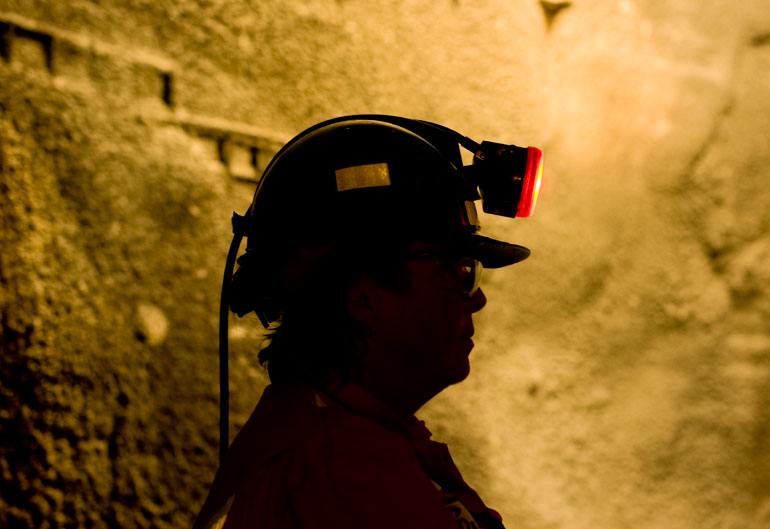Stem skills are associated with 75 per cent of the fastest-growing occupations.
A new Federal Government report has outlined the future of Australia’s workforce and revealed growing demand for STEM skills in diverse industries. The report by CSIRO and the Australian Computer Society titled Tomorrow’s Digitally Enabled Workforce identified six megatrends.
The trends include continued advances in automation and artificial intelligence; jobs will be more flexible and agile due to digital technology; a requirement for entrepreneurial skills; and an increase in skills and education requirements for many professions.
While the report found that 44 per cent of Australian jobs would be impacted by these changes, it identified numerous opportunities for engineers.
“The intent of this report is to look at a 15-20 year timeframe. We can see what the global trends are now. They are deep-seated and they will have impacts in the future and there are a range of trends that provide opportunities,” said Andrew Johnson, CEO of the Australian Computer Society.
“But certainly, engineering is going to be pivotal and central to creating a whole bunch of new technologies that communicate with each other.”
For example, technology associated with the Internet of Things. Johnson said 10 years ago we had six billion devices connected to the Internet of Things, but today there are 15 billion, and there have been forecasts it could reach 200 billion by 2020. The opportunity for engineers will be in how they can create value in this changing workplace.
“Essentially, anything that can be connected will be connected, and that offers magnificent opportunities. It will naturally create a whole bunch of problems when you start to exponentially grow like that, but through technology and through engineers, those sorts of problems will be solved,” Johnson said.
“Engineering is going to be central to creating a whole bunch of new technologies that communicate with each other.”
The report stated there is a rapid transition taking place and many jobs will be affected by automation. However, amidst the changes, new jobs will also be created. For example, the development of autonomous cars pose a plethora of opportunities.
“We’ve all heard about driverless cars, but what do sensors mean inside of a car? How can you control dashboards with hand movements as opposed to touching your dashboard?” he said.
“There are plenty of opportunities and it’s really about how do you create value? A lot of amazing technology is on the horizon.”
Johnson also cited opportunities around drones, such as the recent announcement by the NSW Government for a $250,000 drone to spot sharks.
The report found STEM knowledge is associated with 75 per cent of the fastest-growing occupations, and innovation and upper secondary education is becoming a prerequisite for entering the labour market. This will have flow-on effects to STEM education and career growth in the future.
“[The trends] are going to require high-level technical skills for those sorts of entry level jobs. That traditional notion where you go to university and there’ll be a big firm at the end where you get your first start – that might not be the trend in the future,” Johnson said.
This will help to spur on entrepreneurship in the engineering industry. But the challenge for the industry will be how to understand this new career evolution and how to quickly up-skill and move as technology advances.
Johnson said it is also important for the industry to address changes at the educational level. For example, encouraging more young people to enter the industry.
“With an ageing population – and this is not just in Australia, but across the globe – there are going to be real STEM skills shortages,” Johnson said.
But Johnson said it’s not just about understanding the changes to engineering within the industry, but also looking at the broader economy and how it fits into other industries.



